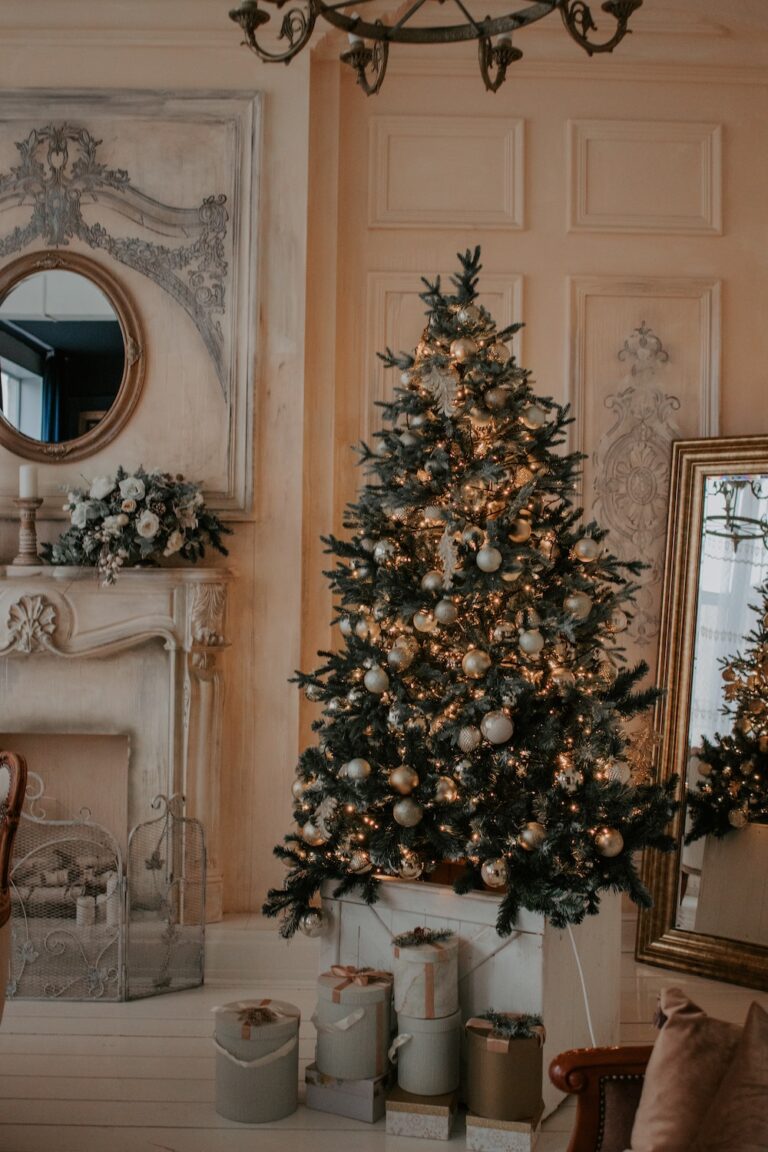7 Indoor Plants You Can Use to Revamp Your Home
Having indoor plants at home makes it beautiful, as they are attractive. Beyond the aesthetics, there are also more benefits of interior landscaping. Studies show that indoor plants are good for people and the environment. They provide a tranquil and pleasant area to live, move around, and relax. The indoor plants also reduce stress, improve air quality, and create a feeling of well-being.

Here we look at some of the indoor plants you can use to revamp your home.
1. Parlor Palm
For the last 30 years, the parlor palm has served as an indoor landscaping plant in the US. The plant is attractive, and it was discovered in Central America. When it was brought to the US, the parlor palm turned out to be the most popular indoor plant. People love this plant because it can withstand low temperatures, adapt to moderately low light, and does well in attractive clumps.

2. Aglaonema
The Aglaonema, also known as Chinese evergreen, is a highly decorative plant. It’s the most popular indoor and it offers a wide variety of colors ranging from dark green to silver and some species have hints of red. Aglaonema plant can really adds beauty to your home décor. Although Aglaonema grows slowly, it makes the best foliage once it matures.

The plant has narrow, large, and glossy oval leaves. Furthermore, Aglaonema doesn’t really do well in sunny condition thus making it the perfect indoor plant. The plant is easy to grow once you understand the techniques on how to grow it. It’s easy to maintain; so, if you’re looking for an indoor plant with little or no maintenance, Aglaonema is the best choice.
3. Rosemary
The Rosemary is another entry in the list. The plant is drought-resistant, just like the other Mediterranean herbs, and thrives in a bright environment. You can happily grow Rosemary plant indoors if you know the secrets to properly caring for it.
Rosemary is delightful and highly fragrant species. Simple brush against the plant and it will release a wave of pleasant rosemary scent! Outside, the plant can really grow into a large bush and tolerates even mild winters. You can trim it to remain within its pot size in your indoors.

4. Philodendron
The Philodendron is a native to the tropical Americas and you can find hundreds of species of philodendron. However, there are only two species suitable for indoors: the self-heading and climbing varieties. The philodendron can grow into a massive tree in the wilderness, but indoors species are rarely vigorous.
5. Caladium
Although it’s rarely thought of as an indoor plant, caladium is surely unmatched for their foliage. They have arrow-shaped and large leaves that come in a remarkable collection of colors and patterns. A mass of caladium is an outburst of greens, reds, white, and pinks. They are tuberous plants, which only grow foliage from the spring to autumn. This plant requires high humidity. The only problem with Caladium is that it’s intolerant to cold. Nonetheless, having it in your house will surely raise admiring eyebrows.

6. Ficus Trees
The Ficus plant belongs to the fig genus and there are hundreds of species. This plant is native throughout the tropics including America, Asia, and Africa. The Ficus tree is versatile as it can be used as a food plant, decorative plant and even as a religious symbol. The Ficus religiosa was the famed Bodhi tree under which the Buddha accomplished enlightenment.
In its native habitat, the Ficus Tree is in form of a landscaped tree with hanging and buttressed roots and a splendid crown. In the home environment, the Ficus tree is a beautiful specimen, which provides many years of lush foliage.
7. Calathea
Calathea is one of the most beautiful and salient tropical foliage plants in the whole world. The plant is related to the gorgeous Maranta species. It is comprised of mainly tropical American herbs in the Marantaceae family, which is native to eastern Brazil.
Generally, Calathea has a showy, boldly, upright, marked, and oblong leaves in a stunning array of colors held on upright and long stalks. In addition to the showy leaves, Calathea produces flowers on short stems. They are used as indoor plants or for external landscaping. It’s mostly nicknamed as a peacock plant, or zebra plant because of its bold markings.

A word about house design
It is important to note that some of these indoor and outdoor plants do well when grown in certain indoor locations. For instance, while plants such as Aglaonema do well exposed to direct sunlight (say close to a window), others do better in a shaded location. Some of them will increase the value of your house unimaginably when grown outdoors. When it comes to aesthetics, your house plan or design may have an impact to the best houseplants for you. When looking for house plans ideas, it is important to think about plans that will favor the growth and survival of your favorite house plants.
Nonetheless, the above indoor plants can really add beauty to your home. Besides providing beauty, the indoor plants also provide more social and health benefits. To make sure that your indoor plants thrive, you may need to do some research on techniques of how to grow and maintain them.









